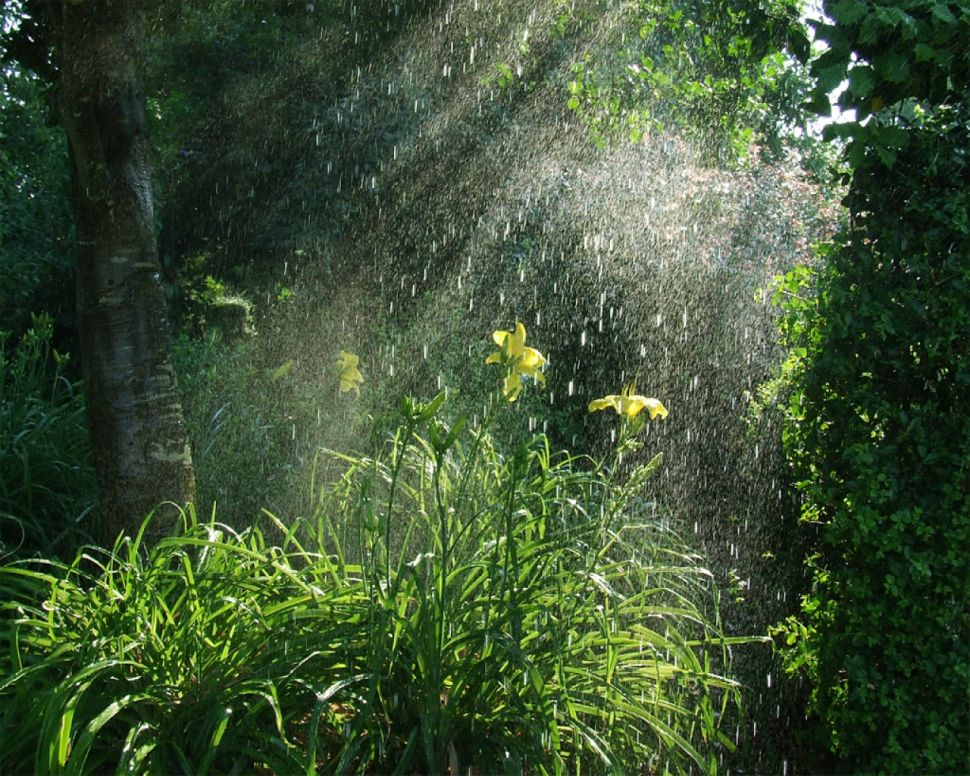Rainwater recovery consists of filtering water from rain collected on a given surface, usually the roof or roof, and store it in a warehouse. Then the treated water is distributed through a hydraulic circuit independent of the drinking water network.
Water is a natural resource more and more important and scarce in our environment. Thanks to the installation of a rainwater recovery system, you can easily save up to 50% of the consumption of
drinking water in your home.
Rain, despite not being potable, water has a high quality, since it contains a concentration very low pollutant given NULL handling. The rain water is perfectly usable for many domestic applications that can replace drinking water, in washing machines, dishwashers, Toilets and irrigation, all with a simple and fast installment facility.
The recovery of rainwater is to use covers how collectors buildings. In this way, water is collected by gutters or sinks on a roof or a terrace leads through downspouts, to be finally stored in a warehouse.
This deposit may be buried in the garden or located on surface, in an area of housing. At the entrance of the tank is placed a filter to prevent dirt and unwanted, such as leaf elements. This deposit should be sized according to the agreed uses, the surface of the cover and the rainfall in the area; Subsequently the available water is driven and distributed through a hydraulic circuit independent of the drinking water network. The permitted or authorized consumption with rainwater are applications where potable water is not required: washing machine, toilet cistern, wash floors, irrigation, etc. The most practical, easy and cheap is to derive it for irrigation; requires a minimum of infrastructure and is achieved, likewise, a good saving. In many municipalities there are already regulations for the use of rainwater, on the occasion of the recent droughts and the weather Outlook in the medium and long term.
